You are here
Excavations in the centre of Bondy : vestiges from almost two thousand years ago
For more than six years, several operations of preventive archaeology have been carried out in the centre of Bondy. The successive excavations have revealed, between the Church and the Hôtel de Ville, traces of ancient and medieval occupations, dating from the 3rd to the 11th centuries AD.
This quarter is at present the object of a new urban planning project by Bondy Habitat. Inrap and the Office of Archaeology of Seine-Saint-Denis have associated in order to excavate this site, curated by the State (Drac, Île-de-France).
Successive funerary spaces
During the Merovingian epoch (6th-8th centuries), funeral practices evolved and the necropolis moved towards the south-west. Early in the 7th century, one of the most ancient textual sources, the Testament of Ermentrude, relates the presence of a Church in Bondy, around which the cemetery was created. Previous excavations revealed the presence of plaster sarcophagi, sometimes decorated. The deceased were buried in them dressed, and adorned with belt plates and pins to fasten the clothes.
In 2007, the excavation at the foot of the church revealed graves of plague victims. The deceased, sometimes in groups of five, were placed in multiple graves. This discovery of victims of the terrible 1348 plague is exceptional in the Île-de-France region. Genetic and carbon 14 dating have confirmed this discovery.
A Carolingian village
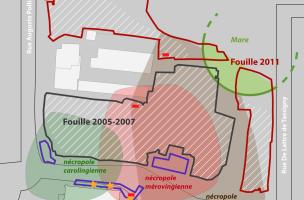
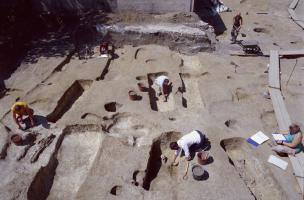
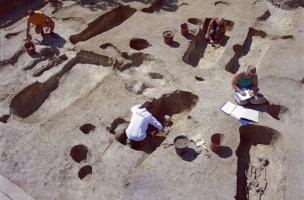
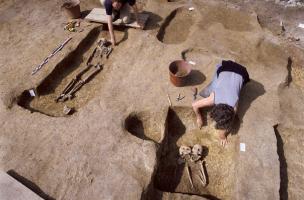
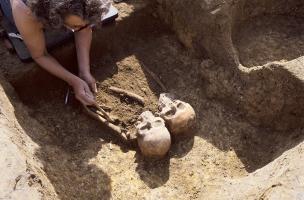
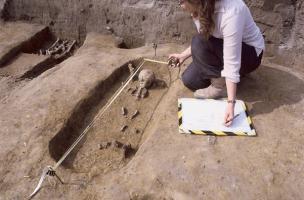
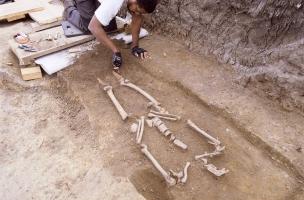

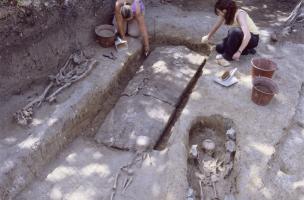

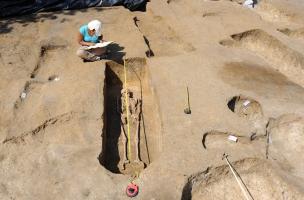
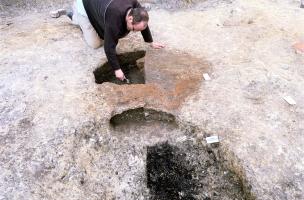

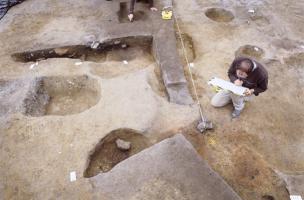
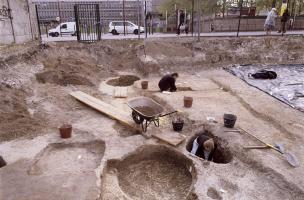


Mahaut Tyrrell
Media communication
Inrap, media partnerships and relations department
01 40 08 80 24
mahaut.tyrrell [at] inrap.fr
Laure Ferry
01 41 83 75 51
laurre.ferry [at] inrap.fr
Claude Héron
06 24 15 36 59
cheron [at] cg93.fr

